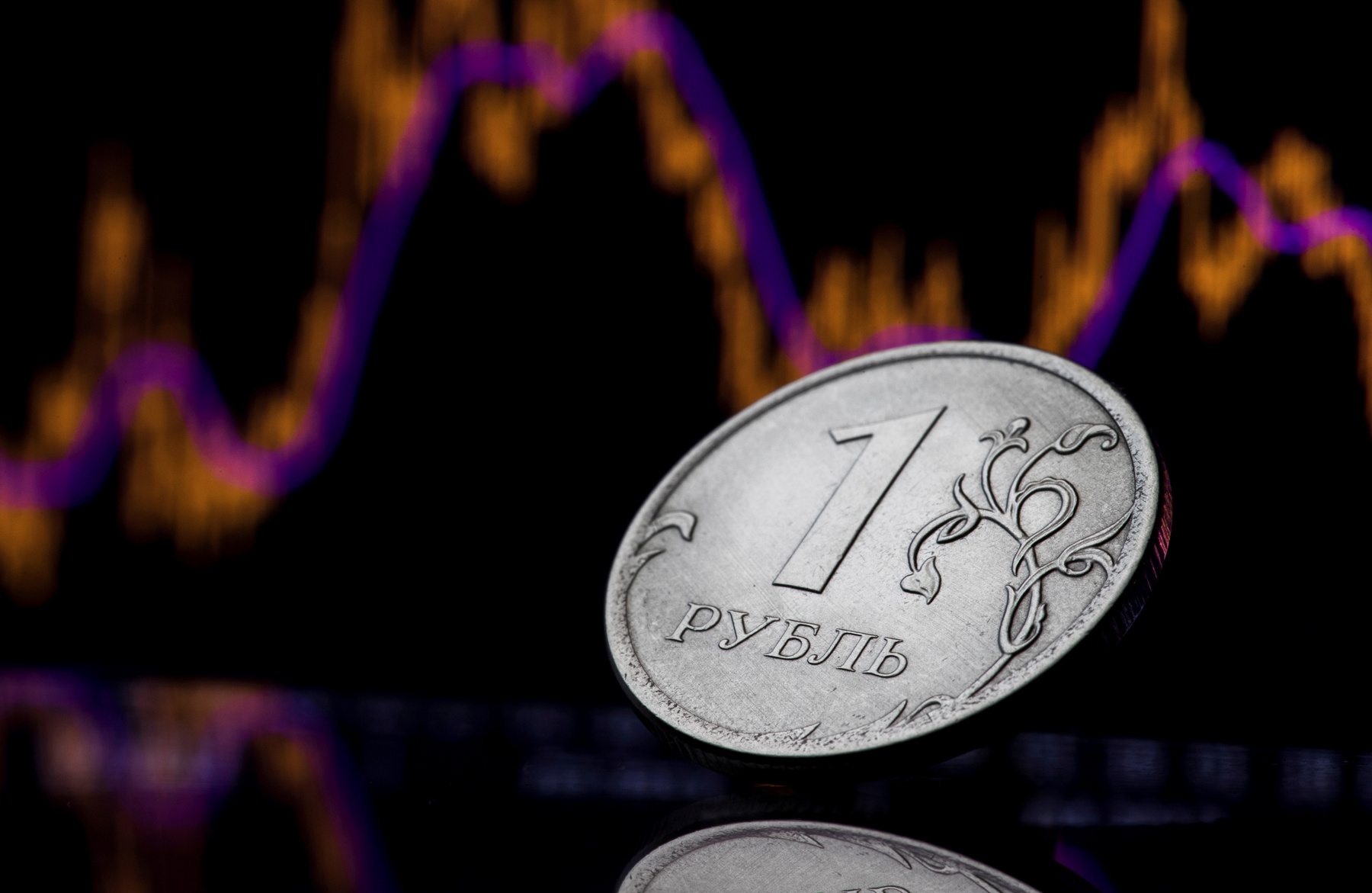Though COVID-19 rocked the global economy last year – and oil demand with it – Putin could publicly claim a win at his end of year marathon press conference: GDP had only fallen by 3.6%, beating most of the world’s major economies, thus laying a solid foundation for recovery. But it turned out he undersold the Kremlin’s “success” – as of February 1, data showed GDP only contracted by 3.1%. While ‘the economy’ writ large beat expectations, Rosstat estimated that real incomes fell by 3.5%, the population below the poverty line increased by 400,000, and 2020 marked the 8th consecutive year of real income decline. They remain 10% below 2013 levels. What’s worse, the year ended with a surge of inflation for basic consumer goods like pasta, bread, and sugar due to a global rise in commodity prices as well as a growing problem with inflation for housing prices.
In reality, Russia’s pandemic crisis plan reflected its decades-long preference to pursue supply side economic policies; impose austerity to fight off inflation; and otherwise avoid deficit spending whenever possible. Inflation crept up to 4.9% for the year, the highest indicator since 2016 when the economy was still reeling from a combined oil price and sanctions shock and the banking sector was in crisis. Yet precious little was done to offer major income support from state spending plans. Real income declines look better than expected. But overall, private sector demand declined by 8.6% and investment by 6.2%. As small and medium-sized businesses only account for around 20-21% of GDP, demand declines likely go beyond spending less on services. They reflect real underlying weakness for households coming into 2021. It turns out, supply-side stimulus responses don’t stimulate demand enough to provide a cushion. Renewed fiscal consolidation weakens the economy’s growth potential without getting incomes back on track. The Kremlin is now paying the political price for what it didn’t spend on last year.
The Good
Officials working on or around economic policy have indicated that the policy leadership in Moscow see COVID-19 as a supply-side shock. Despite overwhelming evidence from other economies and global supply chains that manufacturing and the production of consumer goods held up very well amid the pandemic, the focus on ensuring supply survived. Federal contracts and investments were preserved to maintain manufacturing orders. The Central Bank cut the key rate to an historic low of 4.25% to make it cheaper to borrow. A broad series of measures deferring bankruptcies and payments of various debts owed as well as subsidies for borrowing acted as the primary stimulus. There was scant sign of deficit spending or dipping into Russia’s currency reserves and foreign assets to finance income support. Instead of spending cash, the hope was to push through a national vaccination program as fast as possible, allowing cities and then regions to reduce restrictions.
The result looks decent by 2021. Purchasing Manager Indices show that businesses expect conditions to improve further into the year, no doubt aided by the slight easing of OPEC+ cuts, rising oil prices, and rising demand for metals and minerals. Base growth cases point to GDP rising 3-4% this year, roughly making up the ground lost last year. Yet the good news stops there. What’s good for Russia’s industrial manufacturers dependent on state orders and commodity exporters isn’t necessarily going to filter to consumers.
The Bad
The spike in inflation for food and housing correspond to policy measures that may end up making things worse. Attempts to regulate food prices tend to backfire. They lower profits that could be reinvested into more efficient production and logistics, which would then lower costs. Take grains. Wheat prices were up 20% year-on-year by the beginning of 2021 thanks to strong global demand. Now Minselkhoz is moving to lower quotas – the volumes sold at which duties on exports are applied – as well as introduce a tariff mechanism later this year equivalent to 70% of the difference between the external, export market price and the base price set by publicly available trade data reported from firms. This undermines export competitiveness for Russia’s leading agricultural firms. It will cost them earnings and weaken the effect that market signals should have on production. That will take effect by the start of June.
It’s an effort to fight off how world food prices rose by 11% year-on-year in 2020, their highest annual increase in 6 years. But they’d be better off providing more income support so exporting firms can continue to realize profits in line with the world markets. Housing is a crazier case of a supply-side stimulus policy generating unintended consequences. Mortgage subsidies made buying a home 25% cheaper in real terms when looking at Moscow and competing urban centers compared to renting. Over 371,500 subsidized mortgages worth over 1 trillion rubles have been issued pushing up housing prices – and rents for those who lacked the savings to buy in the first place. The price of second homes in suburban Moscow rose over 21% year-on-year, roughly the same in St. Petersburg, and 18.4% in Sochi. Those able to work from home and who could more easily afford the 6.5% guaranteed annual rate benefited while the costs of housing and, more recently, construction, are rising for everyone else. Supply-side stimulus in place of more sustained and targeted fiscal support has setup conditions for a “two-speed” recovery depending on one’s socioeconomic class, profession, and where they live, though not likely one as extreme as some dire prognoses in developed economies like the United States. Asset owners benefited more than everyone else.
The Ugly
The worst part is that the Central Bank has to leave the interest rate lower to keep borrowing cheap, prolonging this dynamic while a bunch of forces converge. The vaccine rollout appears to be a success; but lower incomes hinder investment. The last decade shows a strong correlation between levels of disposable income in the Russian economy and levels of capital investment. Now the Kremlin is dancing round whether Putin will announce a new 500 billion ruble spending package of targeted social and economic support, hinting it’s under consideration and then withdrawing it publicly to allow Putin to be seen as the key driver delivering more fiscal support. But 500 billion rubles is a paltry sum, about 3,472 rubles per capita. That’s roughly equivalent to the projected increase in nominal wages between 2020 and 2021 as of June, a bit over 7% of the average monthly wage.
There is little to no clarity on how the money would be spent assuming a new package is passed. But the government is now stuck at a policy impasse. Inflation that most affects the poorest Russians as well as pensioners and those living off of fixed incomes is unlikely to abate any time soon. A lack of fiscal support to stimulate investment will hinder the recovery of disposable incomes, and with that many service jobs and businesses.
The political pressures to pass a new spending bill are considerable if we take the national crackdown on dissent as evidence of true concern ahead of the September elections. Many of these problems could have been headed off with a more robust spending plan last year. Instead, the state preferred to let private debts rise and savings be run down without too much help from the government, thus ensuring a weaker recovery. Political realities don’t suggest Navalny’s defiance of the political system will lead to an opposition breakthrough or massive change in the regime. But his protest is all the more powerful because of the long-term impacts of austerity in Russia, impacts only worsening structurally as Russia heads into a sluggish economic recovery with the price of basic public needs rising. Repression and austerity go hand in hand until the system changes.










